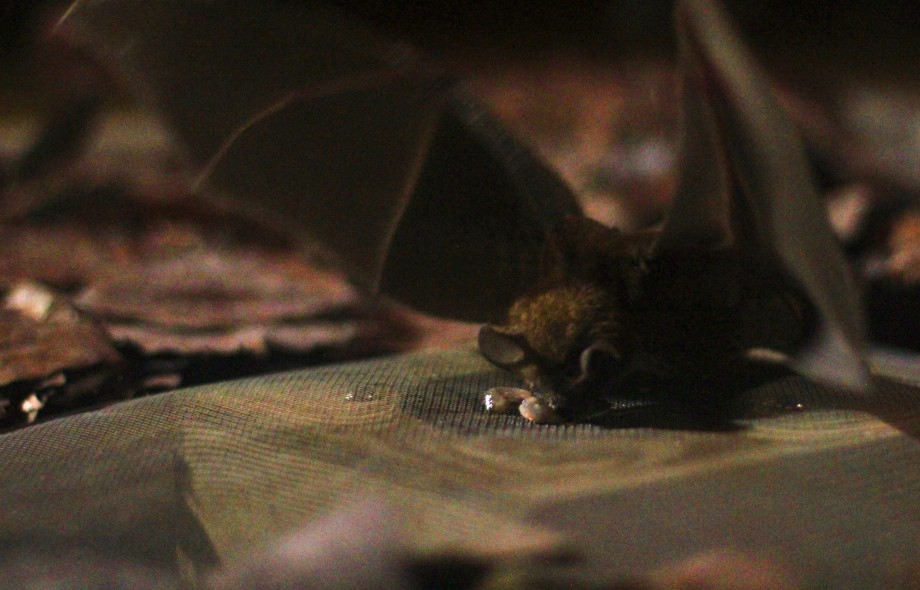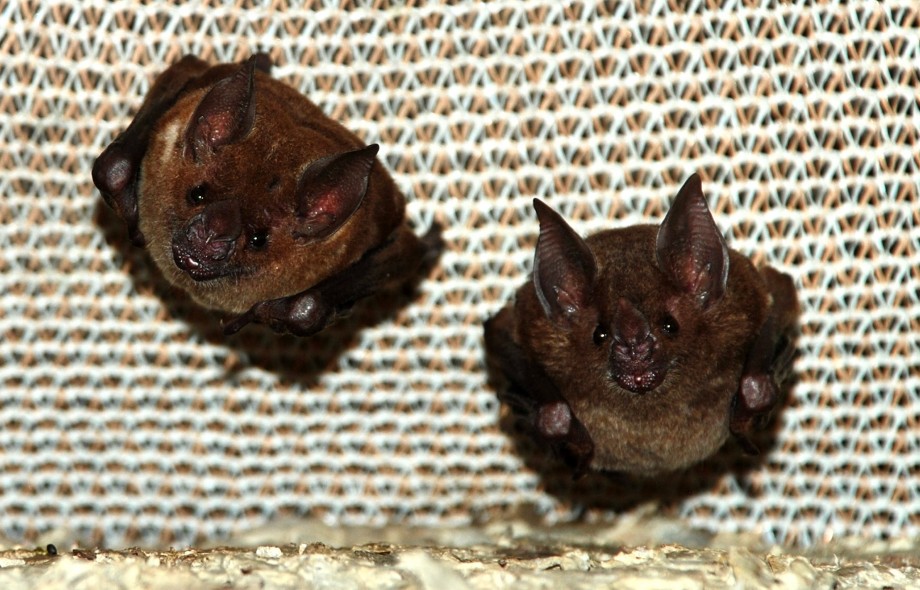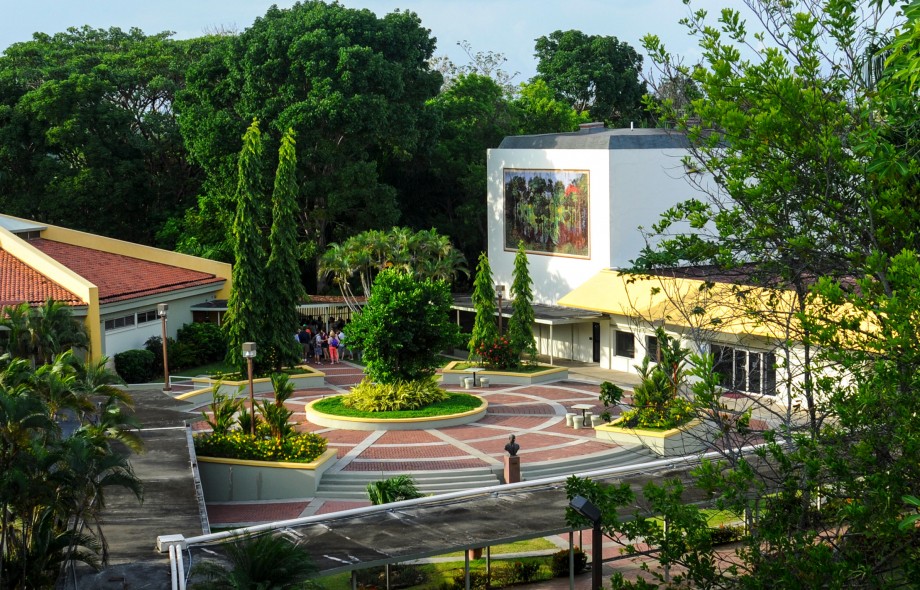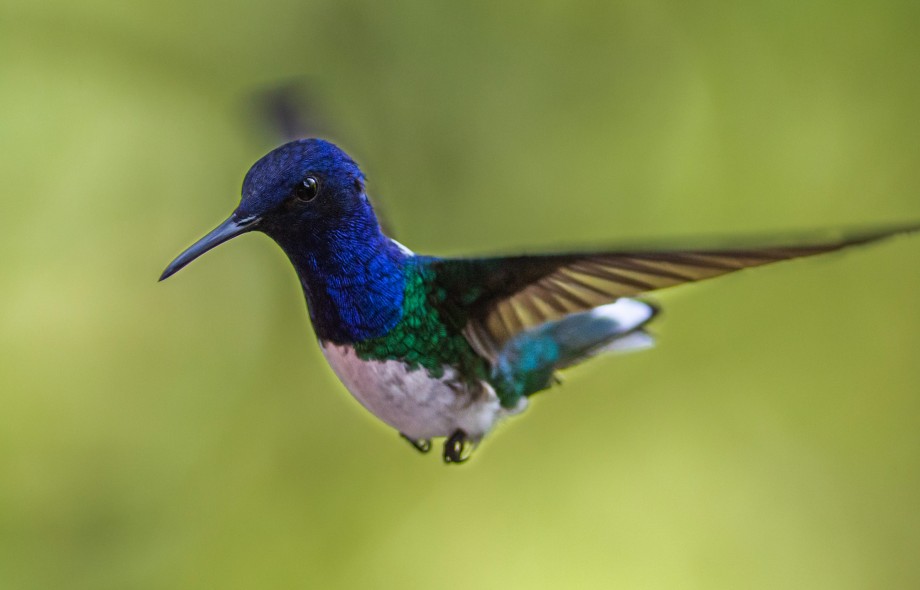Researcher May Dixon discovered that frog-eating bats could recognize ringtones indicating a food reward up to four years later.

You are here
Projects
& Stories
Gamboa
July 11, 2022
March 23, 2022
Tiny, fruit-eating bats take over the roost of larger, carnivorous bats at the edge of Panama’s Soberanía National Park.
December 23, 2021
We are all working together to make tropical biology research safe for everyone by eliminating harassment.
December 17, 2021
The adaptation of certain plants to drought and high temperatures involves a fundamental reprogramming of their metabolism, not just a simple adjustment that can be made by regular plants.
September 08, 2021
A mobile hearing test determined that the hearing sensitivity of Neotropical bats is associated with the sounds generated by their prey, demonstrating how hearing ability may relate directly to niche differentiation.
August 31, 2021
Colorful female Jacobins in the wild may feed more frequently and for longer periods than their drab counterparts





